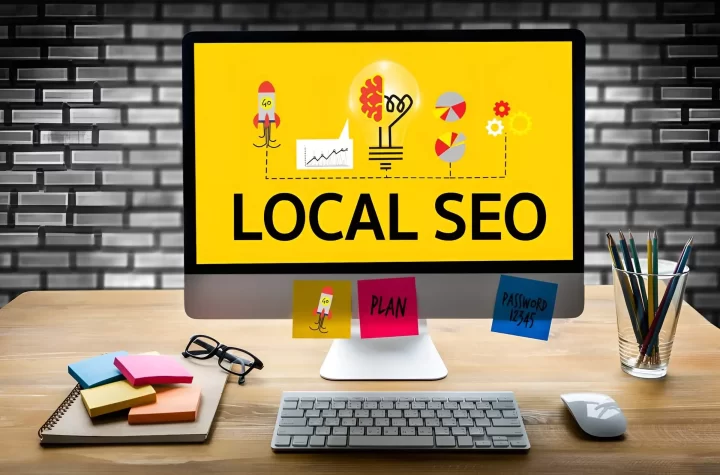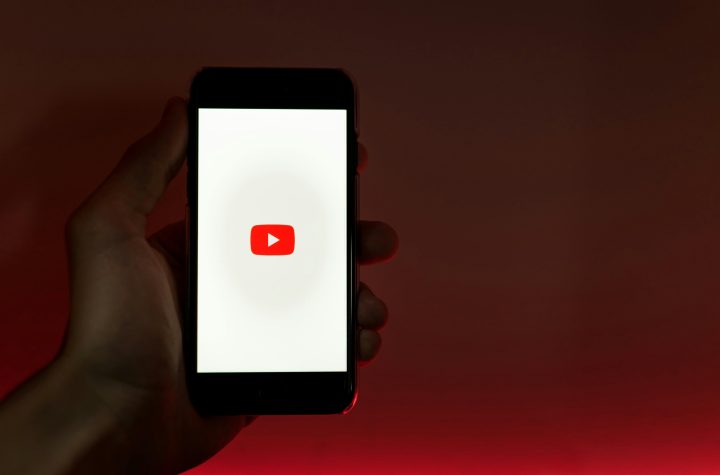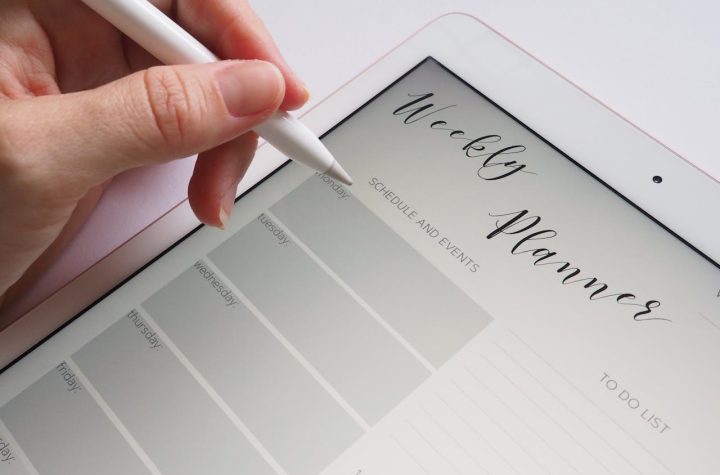
Branding
There are three Bs you need to grasp, namely brand, branding, and brand identity while developing your business.
Your brand is your company’s worldwide impression.
Your branding is the forming of a unique brand; it is the active practice to create a brand.
Your brand identity is anything that your company develops like your logo, website, or business card to give your audience the proper image and message.
The three Bs are like brand jigsaw pieces, and you all need to construct a successful, commercially feasible company. There is no brand without branding. There is no branding without brand identity. All three are building up, and all three are needed to succeed.
Brand strategy
Individuals may be inclined to commence the branding process straight away. Once you start creating your brand identity, however, for instance, create your logo designs or launch your website, you have a job to complete and that defines your brand strategies. Consider your brand strategy as a model and provide you with a clear direction to construct the remainder of your brand, whether it your logo designs, your voice in the social media or your appearance and sense.
Developing brand strategy-
Define who you are. As an enterprise, who are you?
What distinguishes you from the other brands? Why should your clients be involved in the competition with you?
Create a mission statement for your brand. The “why” behind your business is your mission statement.
Enter your values. Write down your values. Not only will your internal strategy promote your company values, but it will also help you connect to your consumers inside.
What do you stand for? What do you stand for?
You want to make sure that your target clients are appealing while building a brand. Create and lead the branding process by creating the ideal client avatar.
Creating the brand identity
Some brand identity elements are described in detail-
Voice of the brand
Your logo designs are a big element, but not the sole part of your branding. It is crucial to find out what voice you are using before you get too far. Your brand voice is an essential element of your brand identification. Other aesthetic options may be dictated by your brand voice. So, you might choose to stick to a more conventional font if your business language is corporate and buttoned up. You want a strong and daring color palette to accompany you if you have a loud and daring brand voice.
What is your voice? What is your voice? You are snarky and edgy? Professional and up to date? Learn how you want to meet your brand and then nail the voice that builds perception.
Typography
It is a significant component of the branding process, both typefaces you pick and the method in which you place them. Your typography will give your audience a message about who you are as a brand and what they can anticipate working with you. With the help of a conventional serif font, a completely new message is sent to you than with a more whimsical graphical font to make sure the fonts you pick match the way your brand is found. Now you may occasionally scan the world and discover no font to capture your brand—and what message to your audience you want to communicate. Customization is the way to go in such a situation.
Color
Colors are strong and you miss an enormous chance if you pick your brand color palette based on desire alone. People have deep relationships with color, and you can utilize color strategically if you understand them to inspire your audiences with certain thoughts, feelings, and behaviors. For example, you may want to think about adding blue in your logo designs, which people connect with reliability and reliability, if you want to establish confidence with your audience. You can choose red, that relates to passion and excitement and that can make people in the proper mood to buy if you want to encourage them to buy your items. Would you like the crowd to stand out? If all your rivals swim in a sea of blue, you may use a hue such as silver or maroon to make your business a difference and to capture the attention of your audience.
Now, let us delve into forms, shapes, and imagery.
You may also convey a great deal about your brand in varied forms in your locomotive, business cards, packaging, or other assets. Round forms, for example, generate a sense of community and togetherness and promote serious warm and flippant logo designs whereas sharper straight shapes are more directly linked to efficiency and stability. If employed correctly, a customer’s relationship to your brand can strengthen its correct image. Pictures construct the aesthetics of your brand. These photos may be viewed in various ways, from Instagram panels, website, and advertising print. Whether modern or classic, straightforward, or sophisticated, clean, or edgy, this imagery is more than simply pictures.
Now, it is all about the integration of the 3 B’s.
Your brand style guide is a core document including all the important brand information, your brand color palette, and your different brand logo designs. The more depth and the better it must include, even if you are allowed to make your brand style guide as thorough as you really want:
- Story of the brand
- logo designs variations
- hues palette
- fonts and usage
- guidelines
- Brand voice brief
It is not just convenient, but essential to ensure consistency. A brand-style guide will put all people on your team’s same site and ensure that whatever you are producing on your brand is in line with your overall brand strategy, whether it is a Social Media post or a packaging design for a new product.
Brand elements designing
It will be time to take things one step further and really logo designs your main brand items based on the standards set in your brand-style guide once you have nailed the fundamentals of your brand identity.
Your logo is the face of your firm, and the branding aspect you bring to life is most crucial, hands down. It is typically your brand’s first encounter, and it will surely be your business’s logo designs that are closest to you.
All the brands require a piece of immobilization on the web, and it must show your branding accurately.
If you have been selling a physical product, the packaging must be designed and be compatible with the remainder of your brand identity, in addition to being operational.
Business cards featuring your logo, website, packaging.
Keep the branding simple yet flexible.
If you want to thrive, your audience must feel your brand consistently wherever and nevertheless they meet it. Your brand must consistently align itself with a clear and coherent brand strategy via all your website, social media, print materials, packaging, and logo. Whatever you make for your business. Think about it like this. Let us assume that you are wanting to hire your HR to a payroll business. You visited their website and were met with a business-like, button-up voice and a neutral range of colors. All your platforms, logo designs and brand contact points must provide a uniform experience. So, you develop brand awareness and confidence in your audience and this confidence will get them to work with you.
Consistency is essential now, but flexibility is also essential! You must be willing to alter anything that does not work for your brand. If it grows and develops, you also need to expand and develop your branding.




More Stories
Mobile SEO Guide: Ways to Improve Mobile Ranking
Double Your Website Traffic with Our Customized Local SEO Packages in 2024
Skyrocket Your Business Sales With YouTube Video Marketing